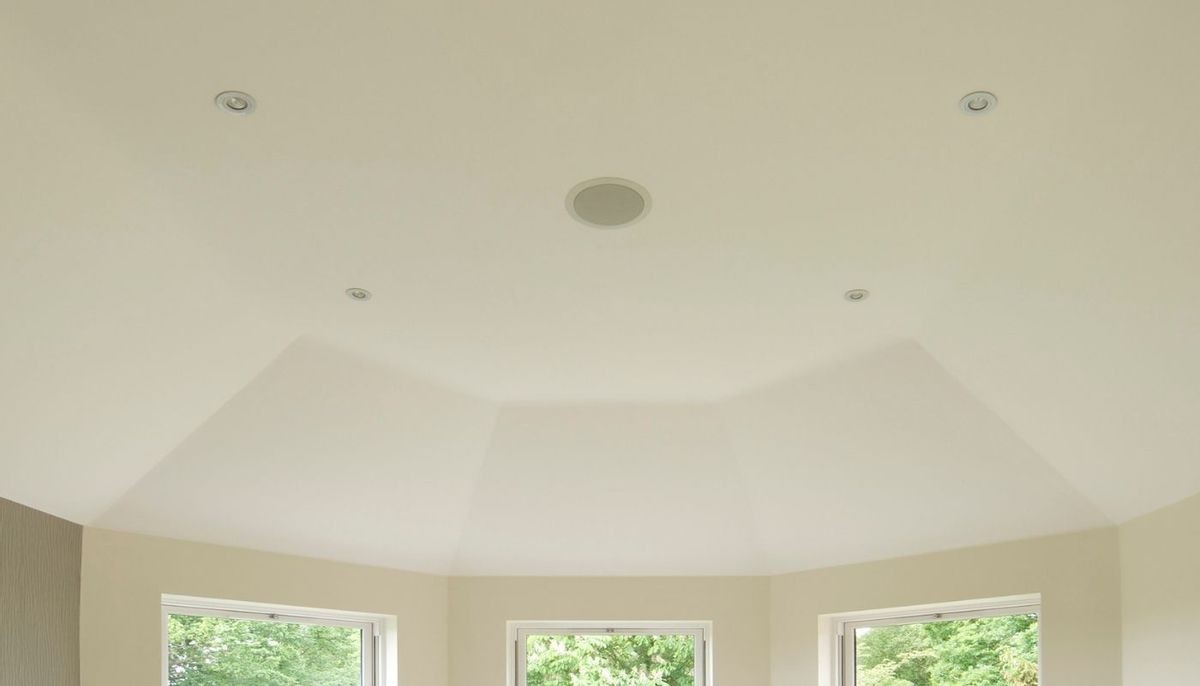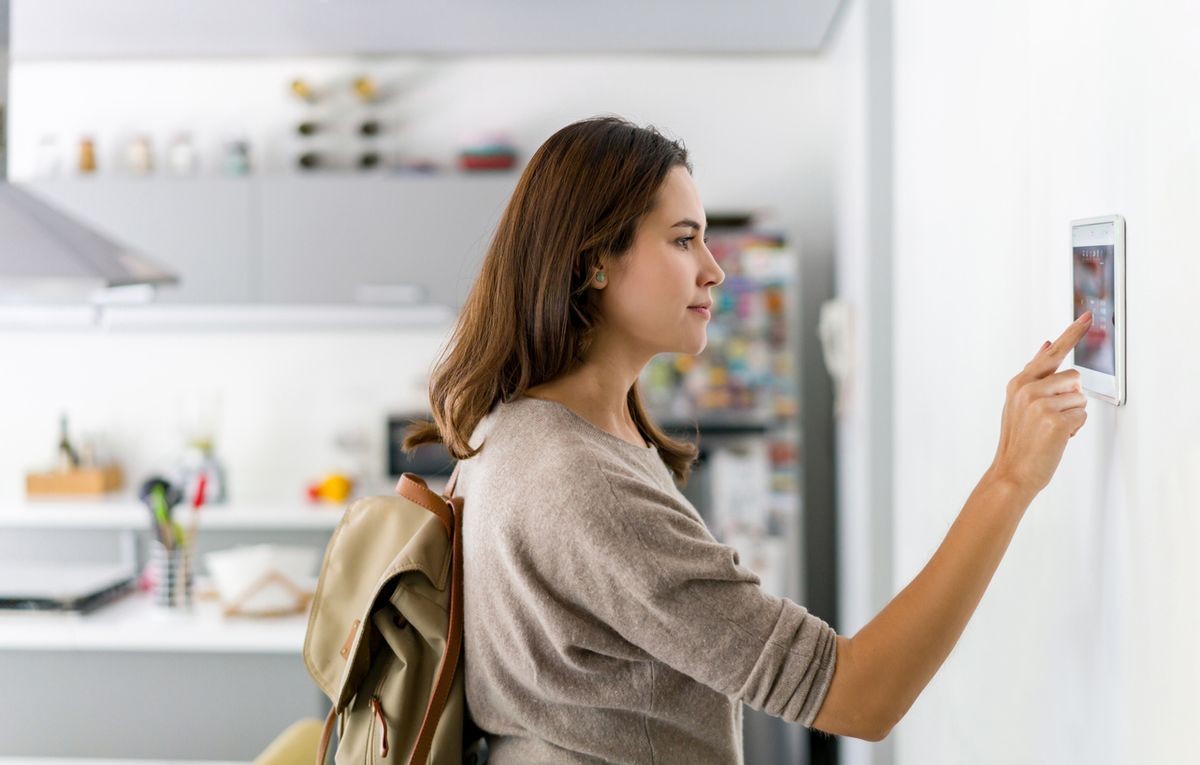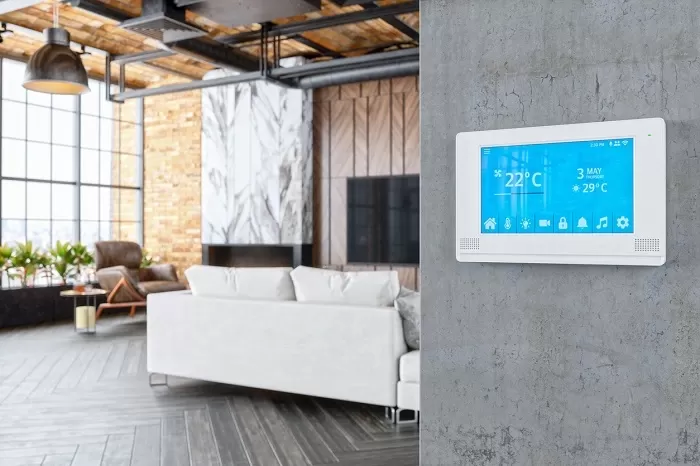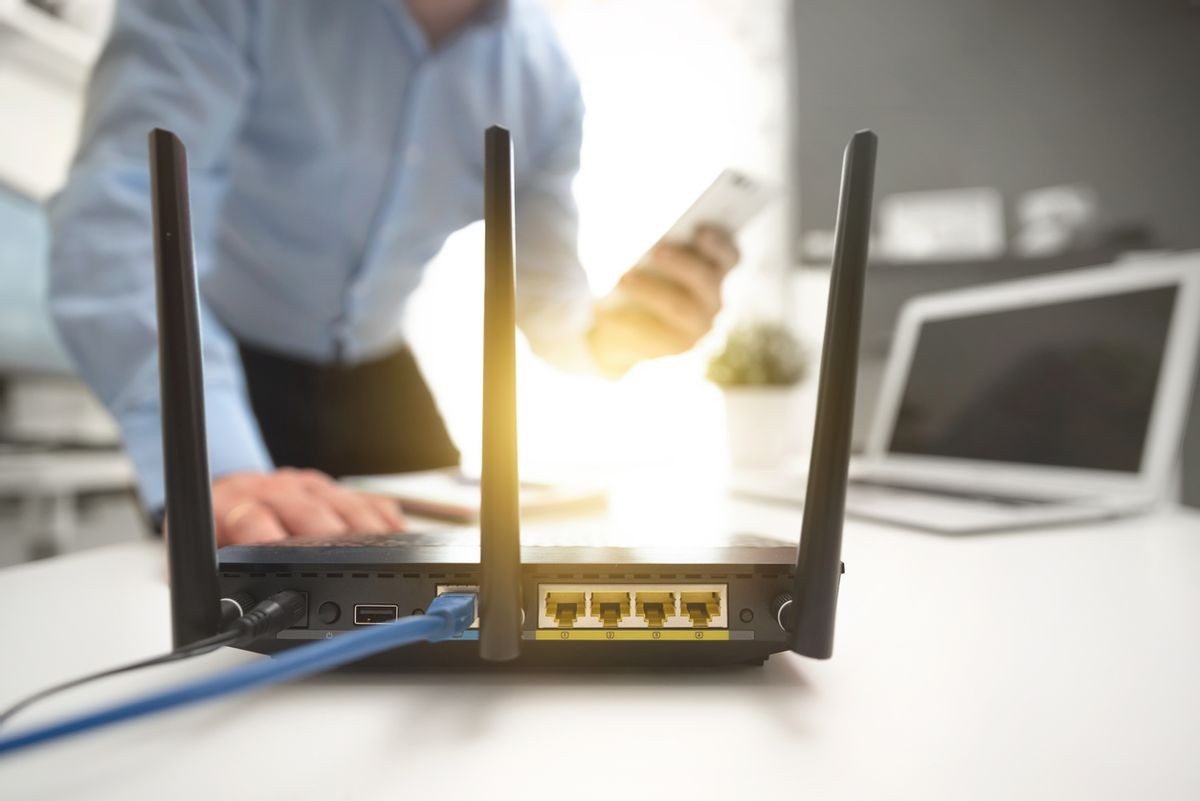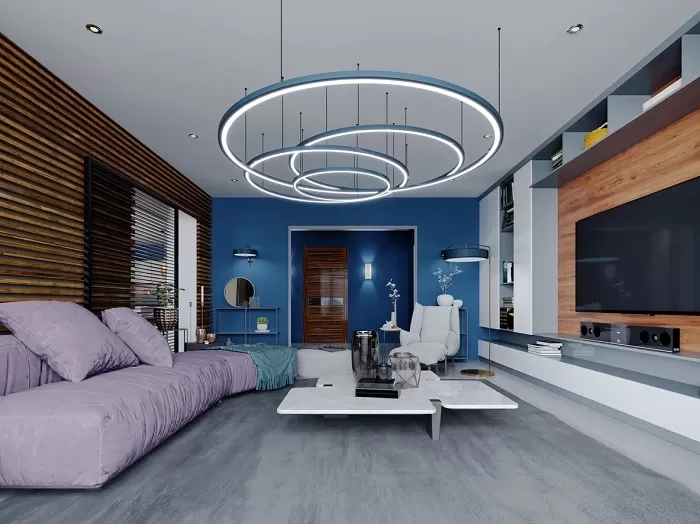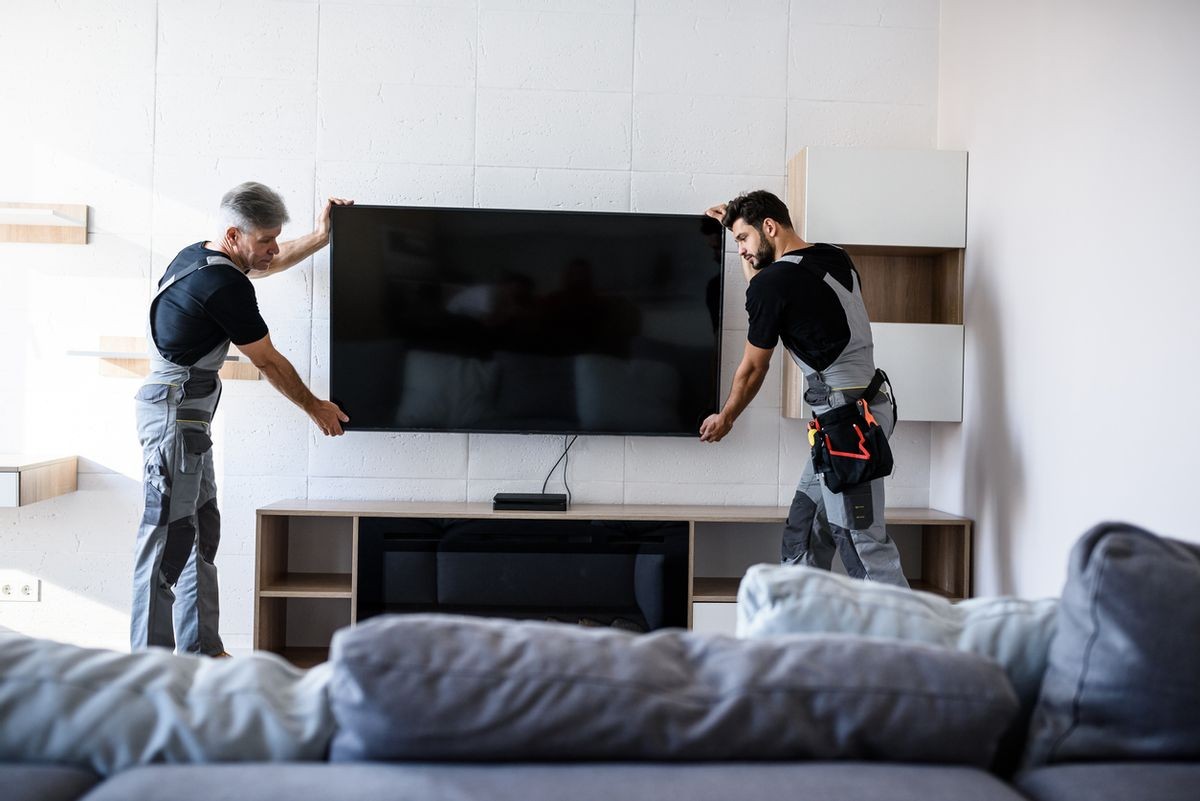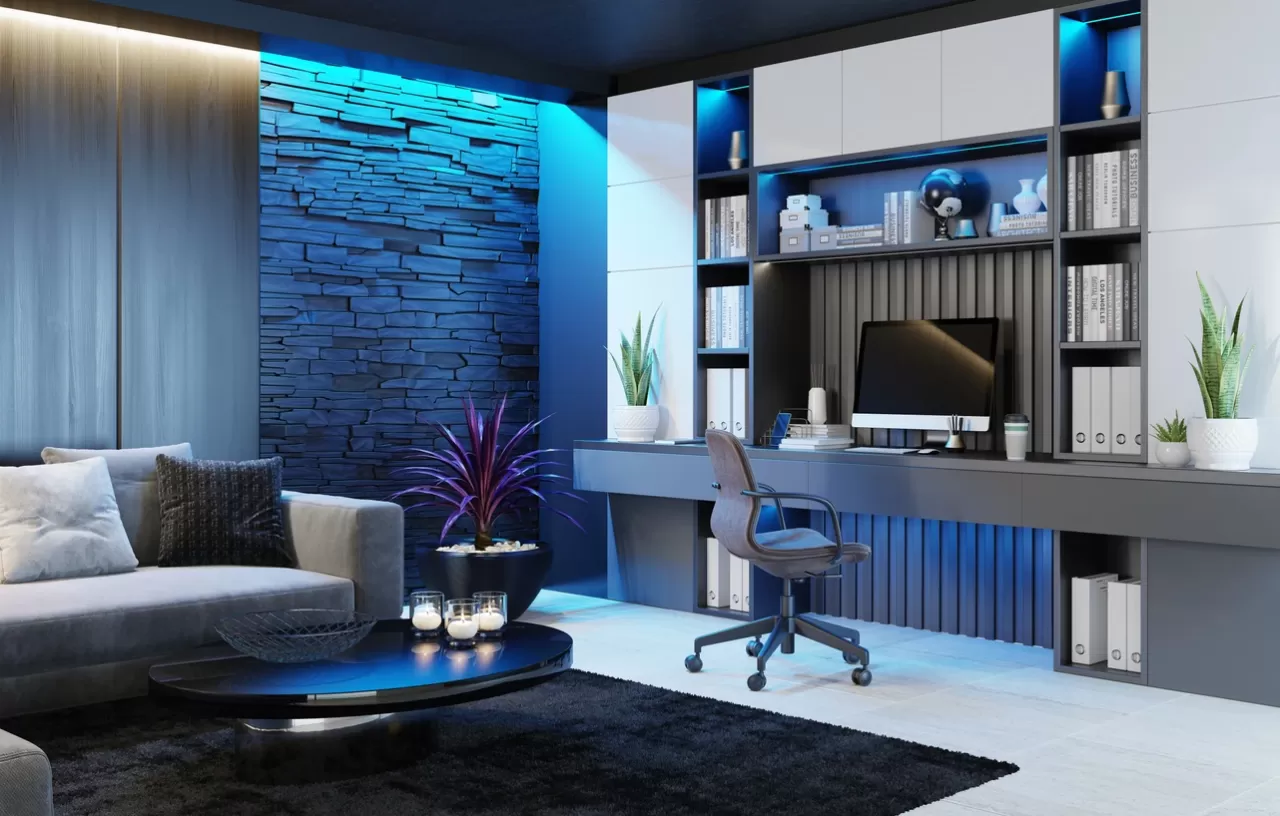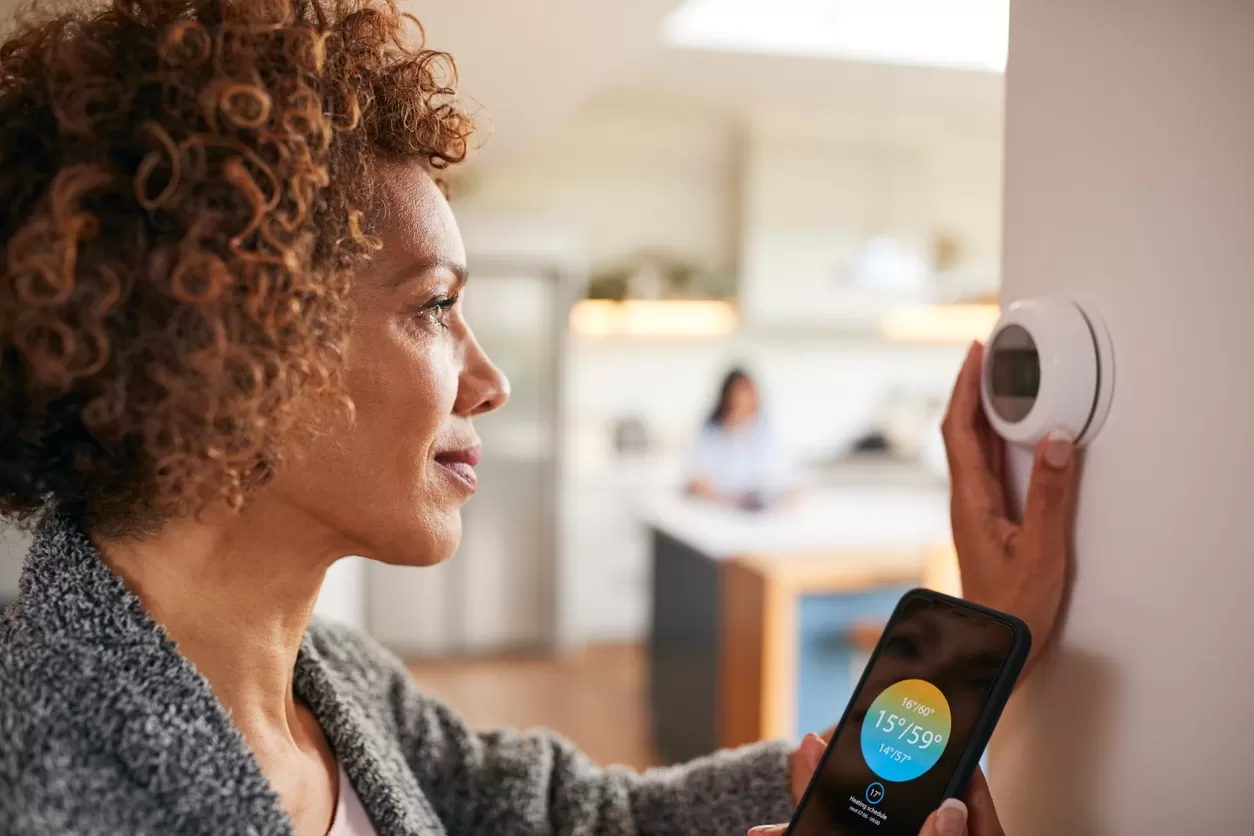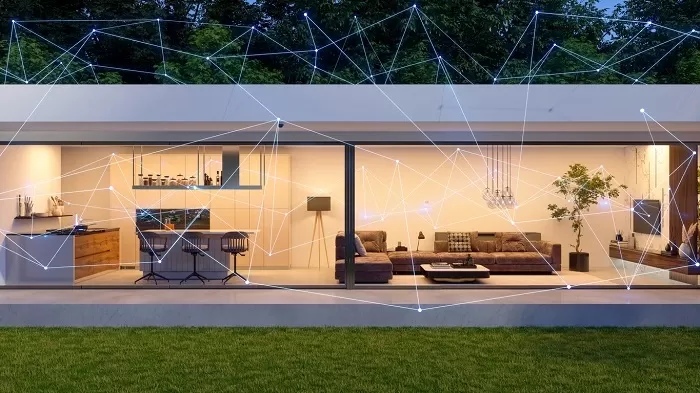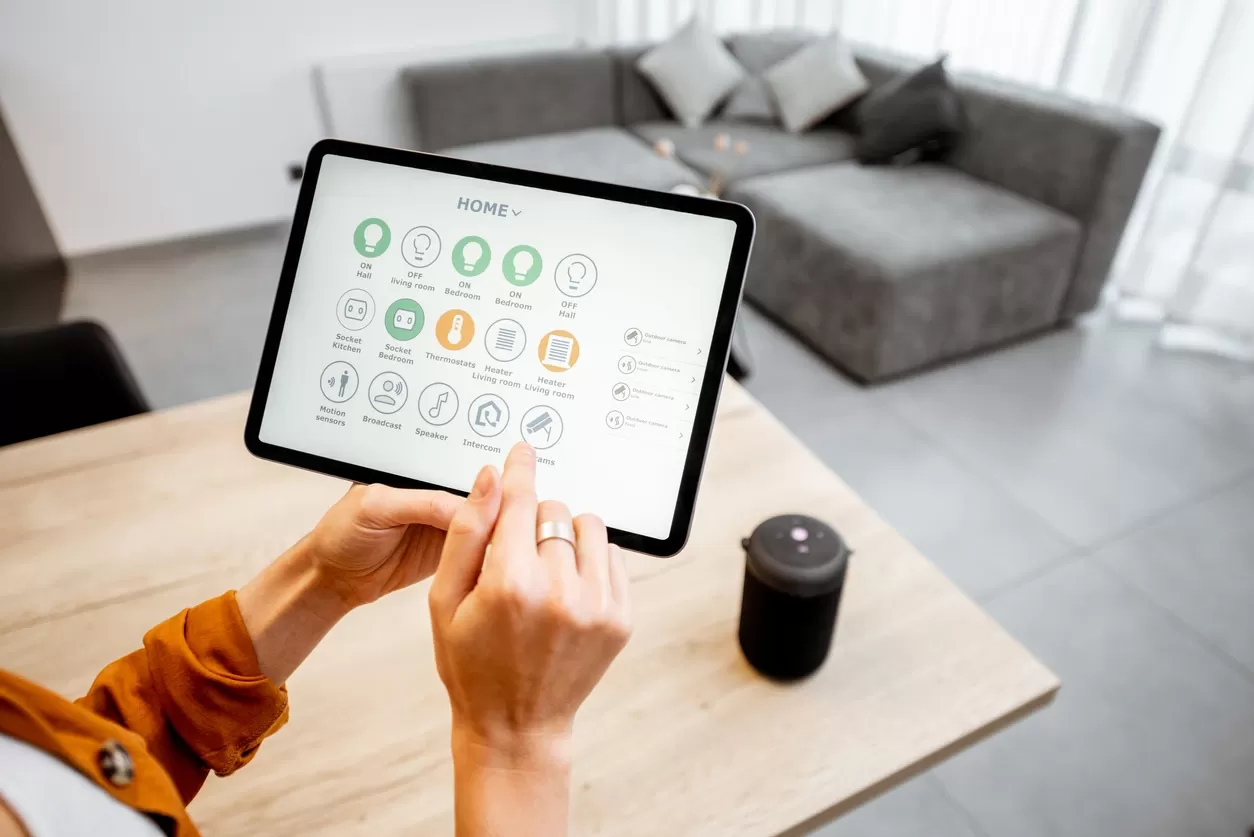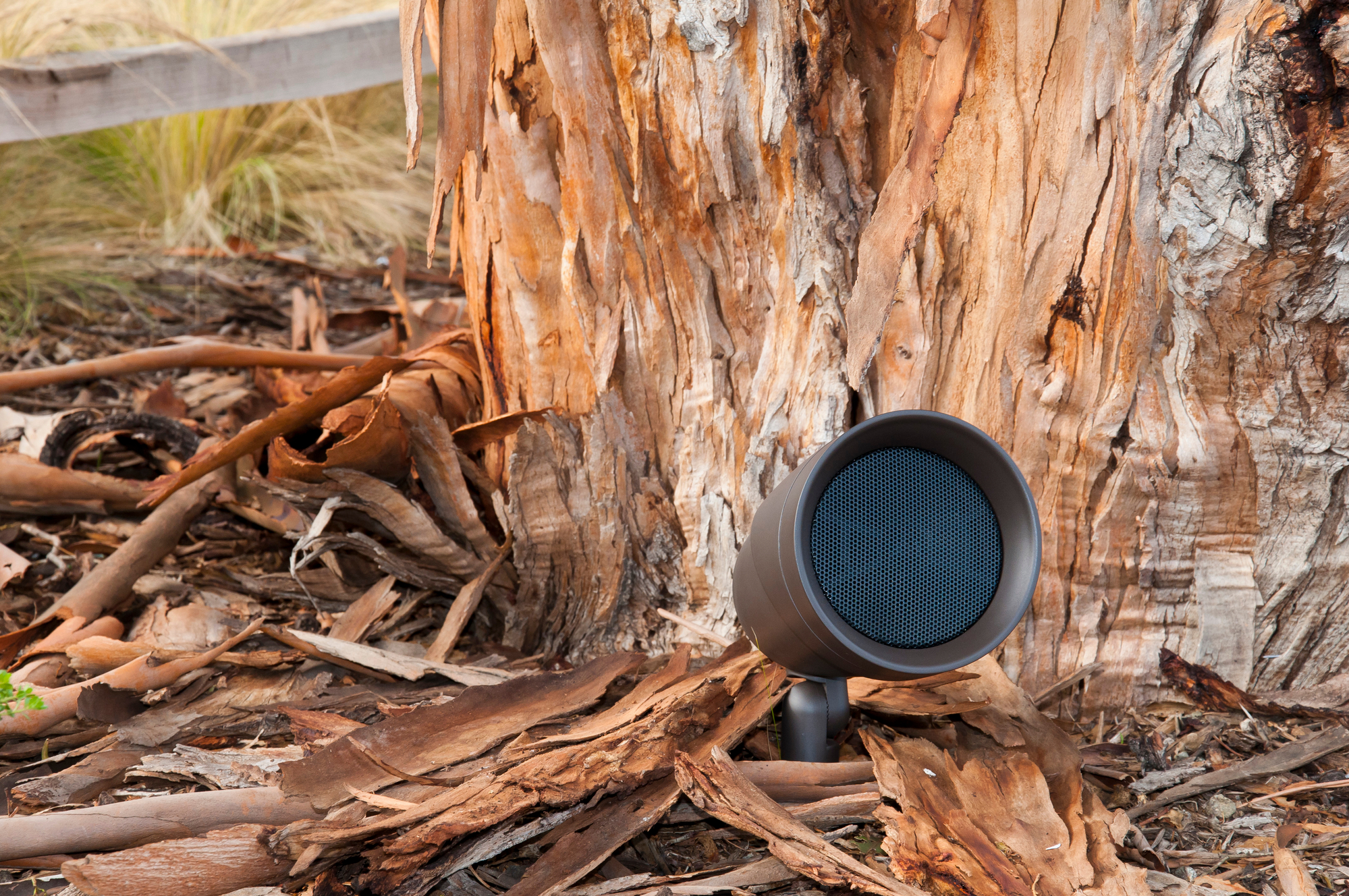Which Waterproofing is Which
Before diving into the different types of speakers, you first need to understand the terminology. Weatherproof speakers and waterproof speakers do not mean the same thing, nor do waterproof or water-resistant speakers. But it's vital to understand which you’re looking to determine which will suit your outdoor audio needs.
- Waterproof Speakers: Are covered or treated with materials to prevent the permeation of water so that they can come into contact with water without damage.
- Water-Resistant Speakers: Provides lower protection against water, with coated or treated materials that don't allow water to pass through easily.
- Water-Repellant Speakers: Offers more protection than water-resistant speakers because they are covered in thin-film nanotechnology.
- Weatherproof Speakers: Made to withstand the elements, whether that means humidity, steam, rain, or light sprinkles, and come with tough casings and sealed cabinets.
Pro Tip: To survive submersion, waterproof speakers must have an IPX level of 7 or higher.
Wired vs. Wireless Speakers
Deciding whether you need wired or wireless speakers for your outdoor audio is essential since you need to keep the possibilities of wires in mind.
With wired outdoor speakers, you'll have more capacity and control over your musical setup and speakers that outperform any day of the week. These usually have underground wires and an omnidirectional design so anyone can listen to crisp audio from any spot in the yard. But you would need to find more outlets to plug in every speaker.
Wireless weatherproof speakers are designed to be relatively invisible with enclosures meant to blend in the background like rocks, animals, lanterns, flowerpots, etc. You can make your music appear from out of nowhere and have your guests solely focus on the good times!

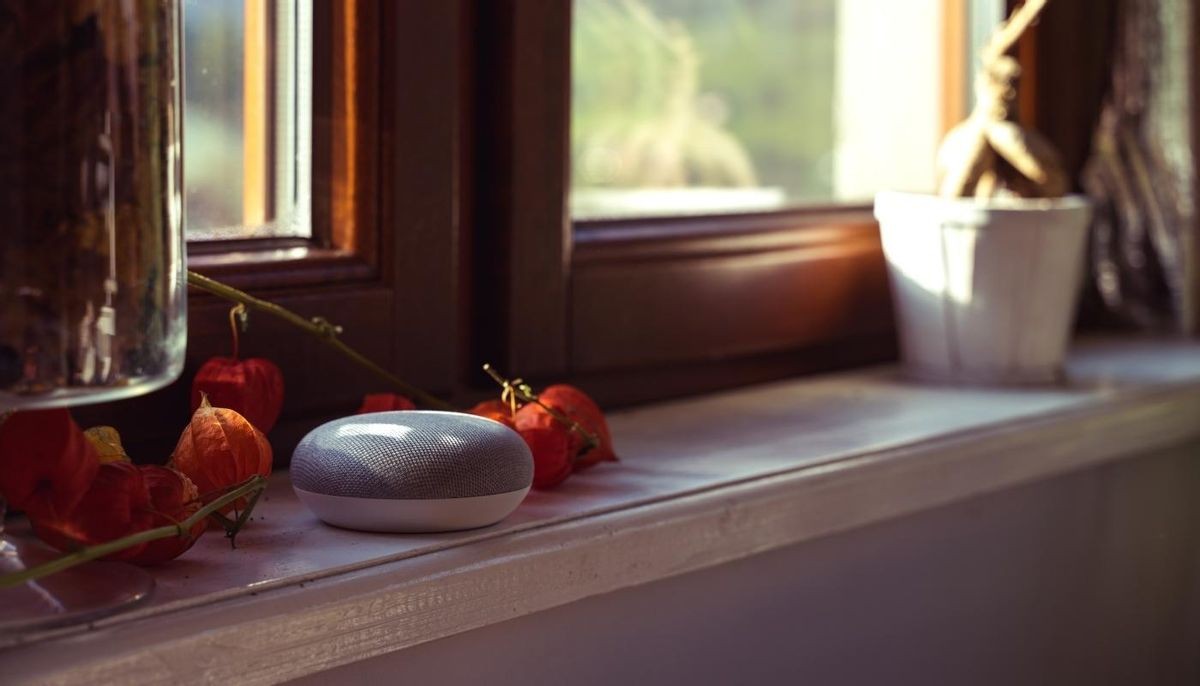
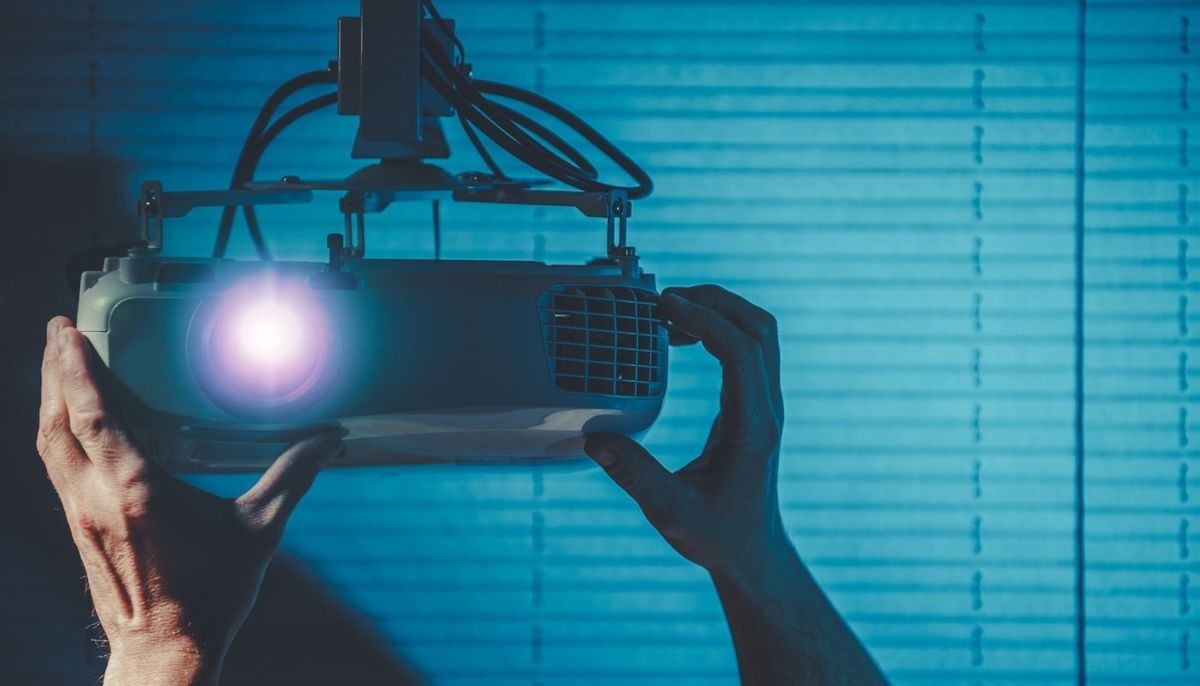
![5 Tips to Make Your Speaker Last a Lifetime [+1 Bonus!]](https://www.avdci.com/images/easyblog_articles/124/b2ap3_large_CI_Make-Your-Speakers-Last-A-Lifetime_Header.jpg)

